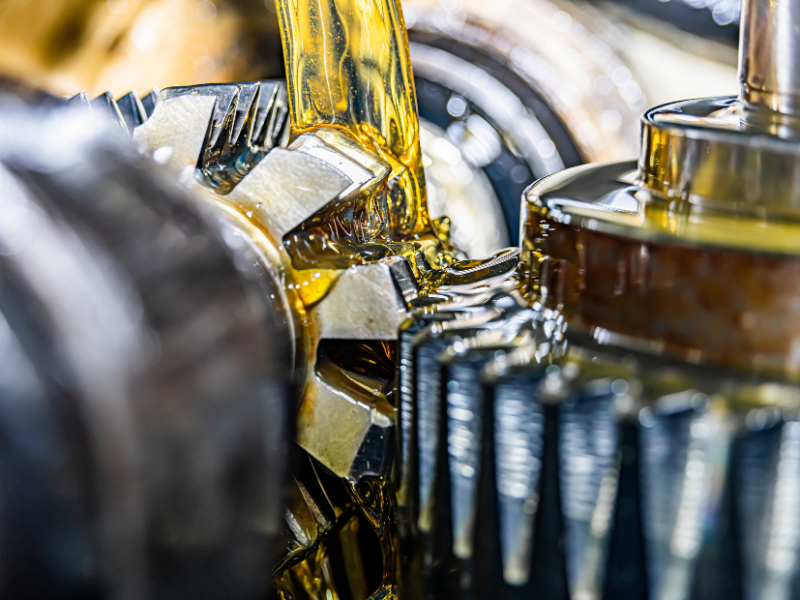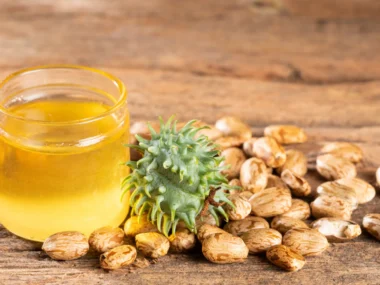When working with metal, wood, or other materials, using cutting oil helps make the process smoother and protects your tools. However, not everyone always has cutting oil on hand, or some may prefer other options for different reasons. Whether you’re looking to save money, reduce the use of chemicals, or simply experiment with different materials, knowing what alternatives can work in place of cutting oil can be incredibly useful.
In this article, we’ll look at 13 different substitutes you can use instead of cutting oil. These substitutes are all things you might already have at home or can easily find, and we’ll explain how they work in a simple and straightforward way. By the end, you’ll have a good understanding of which alternatives might work best for you, making your next cutting project easier and more efficient.
13 Best Substitutes For Cutting Oil
1. Vegetable Oil
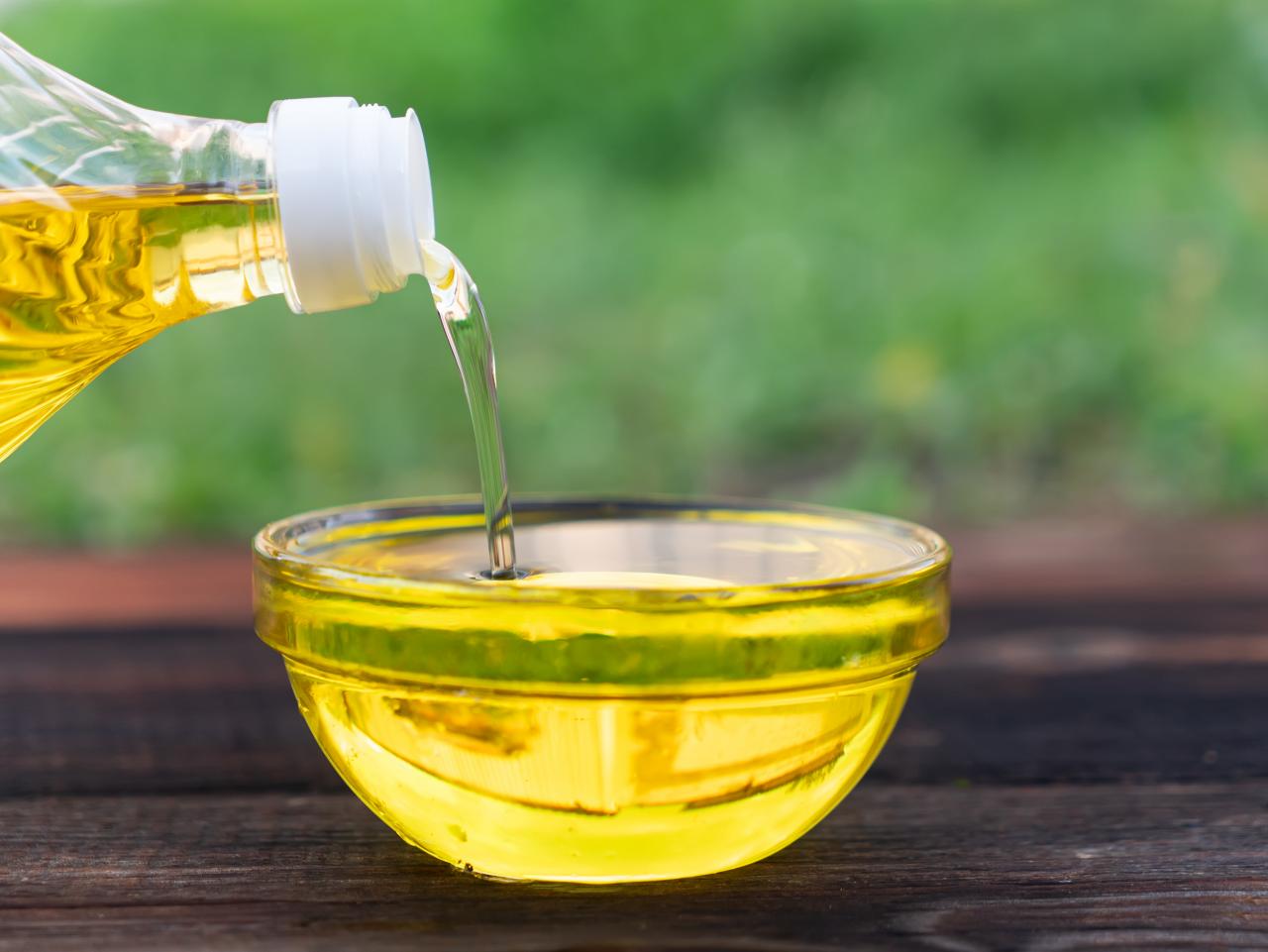
Vegetable oil is one of the most common alternatives to cutting oil, especially because it’s something many people already have in their kitchens. It’s a natural lubricant that helps reduce friction, which can be really useful when you’re working with softer metals or wood. To use vegetable oil, you can apply it directly to the cutting area, just like you would with regular cutting oil. It helps keep the blade cool and reduces wear on your tools.
However, while vegetable oil is a great option for many projects, it might not be as effective as cutting oil for tougher materials or prolonged use. It can also get sticky over time, which might lead to residue buildup on your tools or work surface. If you’re working on a larger project, you may need to reapply the oil more often than you would with traditional cutting oil.
2. Olive Oil

Similar to vegetable oil, olive oil is another kitchen staple that can double as a cutting oil substitute. Olive oil is slightly thicker than vegetable oil, which can provide a bit more lubrication. It’s particularly good for tasks that require precision, such as cutting soft metals like aluminum or brass, or when you’re working with wood. The thickness of olive oil helps create a smoother cutting experience, reducing the chance of the tool binding or overheating.
One thing to keep in mind is that olive oil can be more expensive than other options, especially if you’re using it for a large project. Also, like vegetable oil, it can leave a sticky residue if not cleaned off properly after use. It’s best to use it sparingly and clean your tools afterward to avoid any buildup.
3. Coconut Oil
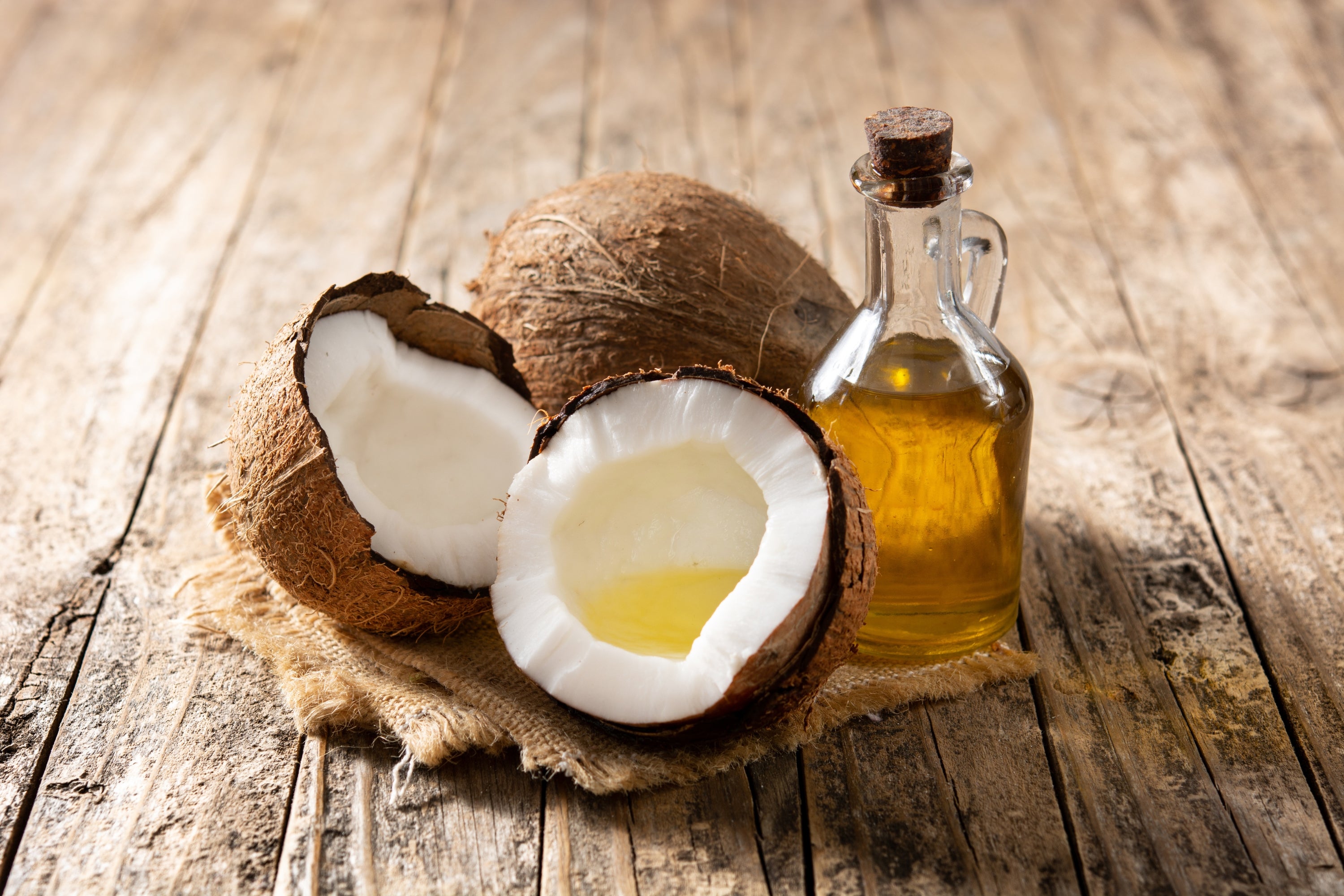
Coconut oil is another natural oil that can be used as a substitute for cutting oil. It’s solid at room temperature but quickly melts when applied to a warm surface, making it easy to control. Coconut oil has a high lubricating property, which makes it effective in reducing friction between the tool and the material. This is particularly useful when you’re cutting or drilling through wood or softer metals.
Coconut oil is also known for its antibacterial properties, which can help prevent rust on your tools. However, because it solidifies when cool, it might not be as convenient for prolonged use, especially in cooler environments. It’s best suited for smaller projects where the oil won’t have time to solidify during use.
4. Mineral Oil

Mineral oil is a versatile option that can be used for a variety of purposes, including as a substitutes for cutting oil. It’s a clear, odorless oil that’s often used in food-safe applications, which makes it a good choice for projects involving kitchen tools or surfaces. Mineral oil provides excellent lubrication and cooling properties, which can help protect your tools and the material you’re working with.
One of the advantages of mineral oil is that it doesn’t leave a sticky residue, unlike some of the other oil-based substitutes. This makes cleanup easier and helps keep your tools in good condition. However, mineral oil might not be as effective for very tough materials or heavy-duty tasks, so it’s best used for lighter projects or materials.
5. Lard

Lard is a type of animal fat that has been used for various purposes throughout history, including as a lubricant. It’s a thick, greasy substance that provides excellent lubrication for cutting and drilling tasks. Lard is especially effective when working with metals, as it helps reduce friction and heat, which can extend the life of your tools.
One of the benefits of using lard is that it’s relatively cheap and easy to find. However, because it’s an animal product, it can go rancid over time, so it’s important to store it properly if you plan on using it for multiple projects.
Read also 10 Best Substitute For Mineral Oil
6. WD-40
:max_bytes(150000):strip_icc()/WD-40-SMS-Spray_InUse-JPG-2d7830f42b2941c49e26ae22c13a3e26.jpg)
WD-40 is a well-known household product that can be used for a wide range of tasks, including as a substitute for cutting oil. It’s a lubricant, rust preventative, and moisture displacer all in one, making it a handy option for many different projects. When used as a cutting oil substitute, WD-40 helps reduce friction and prevent overheating, which can make cutting or drilling tasks easier and more efficient.
One of the main advantages of WD-40 is its convenience—it comes in a spray can, which makes it easy to apply exactly where you need it. However, it’s not as thick as traditional cutting oil, so it may not provide the same level of lubrication for very tough materials or prolonged use.
7. Motor Oil

Motor oil is designed to lubricate and protect car engines, but it can also be used as a cutting oil substitute in a pinch. It’s a thick, viscous liquid that provides excellent lubrication and helps reduce friction, making it a good option for cutting or drilling through tough materials like metal. Motor oil also has good cooling properties, which can help prevent your tools from overheating during use.
However, motor oil is not food-safe, so it’s not a good option for projects involving kitchen tools or surfaces. Additionally, it can be messy to work with and might require more cleanup afterward. If you choose to use motor oil, be sure to use it in a well-ventilated area and clean your tools thoroughly after use to remove any residue.
8. Cooking Spray

Cooking spray is another kitchen item that can double as a cutting oil substitute. It’s essentially vegetable oil in a spray can, which makes it easy to apply directly to the cutting area. Cooking spray provides a thin layer of lubrication that can help reduce friction and make cutting or drilling tasks smoother and more efficient.
One of the main benefits of cooking spray is its convenience—it’s easy to apply and won’t make a mess like some other options. However, because it’s a thin oil, it might not provide as much lubrication as thicker oils, especially for tougher materials or prolonged use. It’s best suited for lighter projects or softer materials where you just need a little extra lubrication.
9. Baby Oil
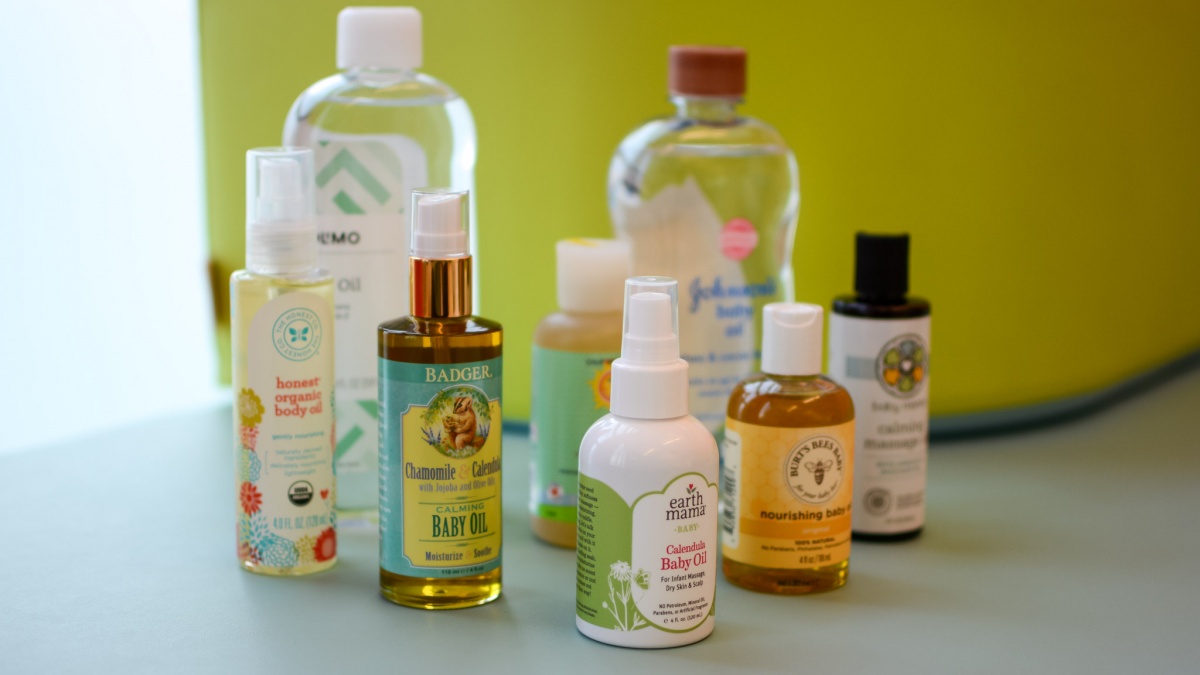
Baby oil is a type of mineral oil that’s often used for skincare, but it can also be used as a cutting oil substitute. It’s a light, clear oil that provides good lubrication and cooling properties, which can help protect your tools and the material you’re working with. Baby oil is also easy to find and relatively inexpensive, making it a convenient option for many projects.
One of the advantages of baby oil is that it’s less messy than some other oil-based substitutes—it doesn’t leave a sticky residue and is easy to clean up after use. However, because it’s a lighter oil, it might not be as effective for very tough materials or heavy-duty tasks. It’s best used for lighter projects or materials where you just need a little extra lubrication.
10. Soap and Water

Believe it or not, a simple mixture of soap and water can be an effective substitute for cutting oil in some situations. The soap acts as a lubricant, while the water helps cool the cutting area and reduce friction. This combination can be especially useful when cutting or drilling through softer materials like wood or plastic.
One of the main benefits of using soap and water is that it’s easy to make and inexpensive. You can mix a small amount of dish soap with water in a spray bottle and apply it directly to the cutting area. However, soap and water might not be as effective for tougher materials or prolonged use, and you may need to reapply the mixture more often.
Read also 13 Best Substitutes For Achiote Oil
11. Beeswax
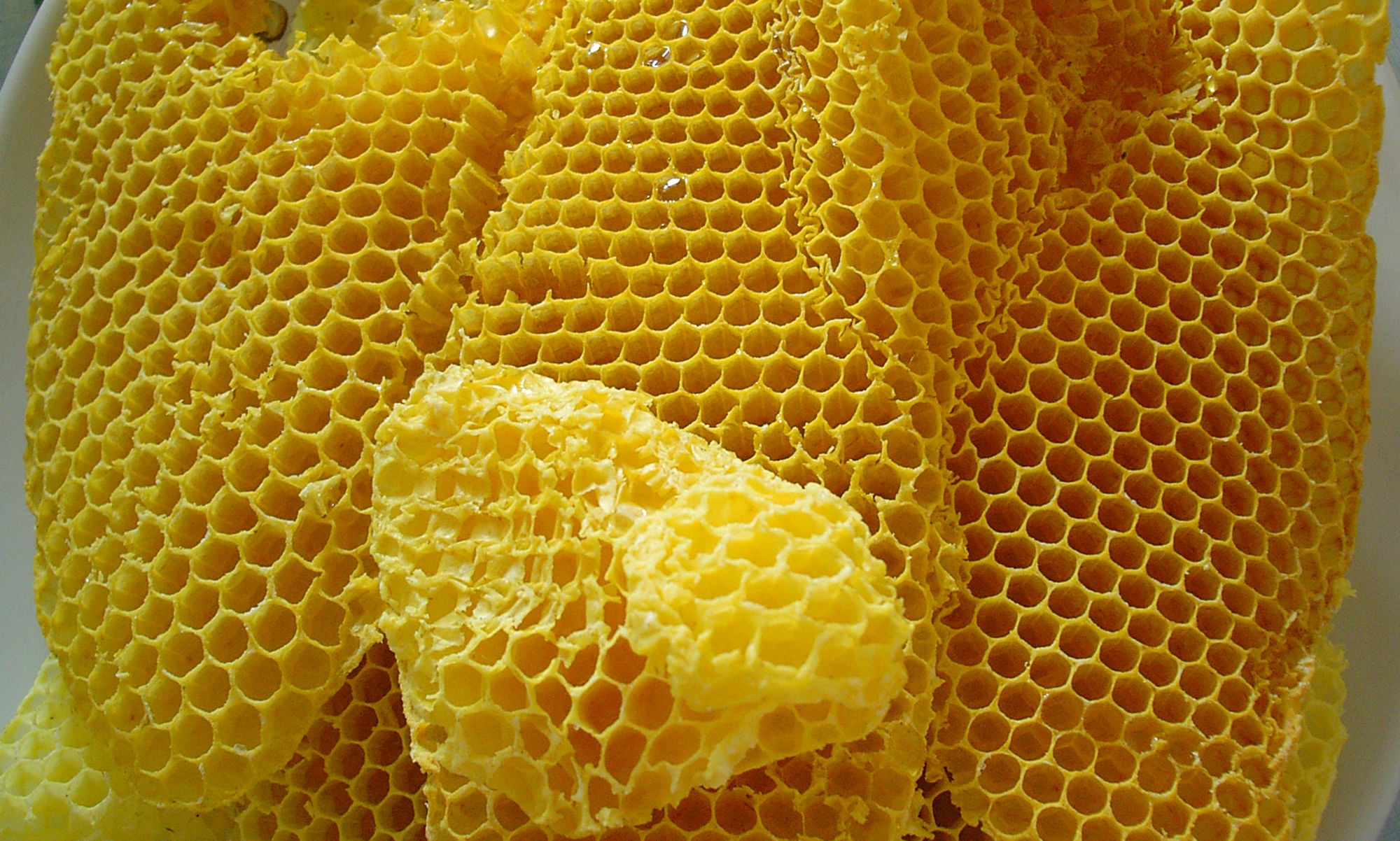
Beeswax is a natural substance produced by honeybees that has a wide range of uses, including as a lubricant. It’s a solid wax that can be applied to the cutting area to reduce friction and make cutting or drilling tasks easier. Beeswax is particularly useful for woodworking, as it helps prevent the tool from binding and makes the cutting process smoother.
One of the benefits of beeswax is that it’s a natural, non-toxic option that won’t leave a sticky residue on your tools. However, because it’s a solid wax, it might be more difficult to apply evenly, especially on larger projects. It’s best suited for smaller projects or tasks where you need precise lubrication.
12. Vaseline

Vaseline, also known as petroleum jelly, is a thick, greasy substance that can be used as a cutting oil substitute. It provides excellent lubrication and helps reduce friction, which can make cutting or drilling tasks easier and more efficient. Vaseline is particularly useful when working with metals, as it helps protect your tools from wear and tear.
One of the advantages of Vaseline is that it’s relatively inexpensive and easy to find. However, because it’s a thick substance, it can be messy to work with and might require more cleanup afterward. You can apply Vaseline directly to the cutting area using a small brush or your fingers, making sure to coat the tool and the material evenly.
13. Kerosene

Kerosene is a type of fuel that can also be used as a cutting oil substitute, particularly when working with metals. It provides good lubrication and helps reduce heat buildup during cutting or drilling tasks. Kerosene is especially useful for tough metals like steel, where other oils might not perform as well. It also evaporates relatively quickly, which means it won’t leave a sticky residue on your tools.
However, kerosene is flammable and has a strong odor, so it’s important to use it in a well-ventilated area and keep it away from open flames or sparks. It’s also not a food-safe option, so it shouldn’t be used on kitchen tools or surfaces. If you choose to use kerosene, be sure to clean your tools thoroughly afterward to remove any residue.
Conclusion
Cutting oil is an essential part of many cutting and drilling tasks, but it’s not always necessary to use commercial products. As we’ve explored, there are plenty of alternatives that can work just as well, depending on your project and the materials you’re working with. From common kitchen items like vegetable oil and cooking spray to automotive products like motor oil and transmission fluid, these substitutes can help you get the job done without the need for specialized cutting oil.
